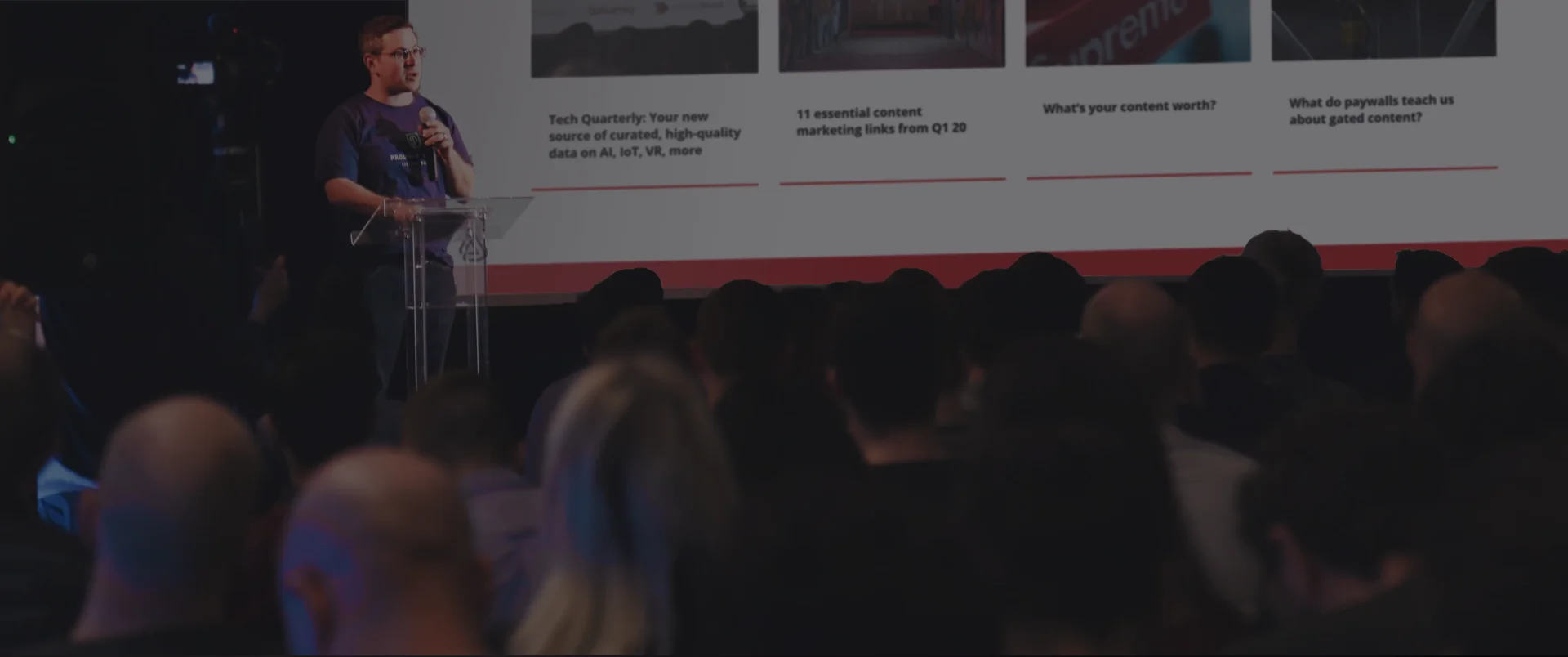Where do you find out things? You quite possibly have a good answer to that. You could probably do a quick mental stock take of nearly all the sites, channels and media you use. And I’m not even mentioning your friends and ‘bloke down the pub’.
Some people don’t care about the sources of their information (warning: ‘bloke down the pub’ is almost certainly one of them) but I bet you do. From the most august newspaper to a tweet from someone you follow, it’s good to get an attribution, a link or what editors call sourcing.
So why is that becoming seemingly less common?
A couple of weeks back Danny Sullivan (@dannysullivan), a well-known and well-followed expert on Google and SEO, wrote about this very subject and we tweeted about it:
@ColContent: Accreditation, sourcing, ethics – getting rarer in the Age of Curation? http://t.co/8c5YYo13 [Daggle] @dannysullivan
Sullivan speaks from a position of relative power but he makes a good point, one that won’t have been lost on thousands of original content creators on the web who have seen their work – in whatever form – ripped off by bigger outlets or people just like them.The web and forms like Twitter lend themselves to people taking a piece of content and sharing it with others. That is obvious. But what’s not so obvious is how original sources get lost along the way.
Of course this isn’t something unique to online. There are dead tree tabloids famous for gobbling up stories from elsewhere – readers or trade press, for example – with nary a thought of giving any credit. But online makes it easier to do, maybe even understandable when a format (Twitter again, though not only that) makes mentioning a source a pain.
Just before the turn of the year, I spotted a story and sent this tweet about it:
V gd piece on US Cold War satellite prog – from The Atlantic, via The Verge, via Boing Boing, via http://CanadianBusiness.com. Love aggregation eh
See – more vias than Rome. I had to go from one blog to another – then to another – chasing where the story came from. Was I the only one interested in that? Was I the only one who would give a wry smile to find that ultimately, while it was a CanadianBusiness.com story, even then it was an agency piece, via an AP reporter?
Curation and aggregation can be good things. But what I’m talking about goes one, bad step beyond that.
If I say the word ‘curation’ to my dad he thinks of museums and libraries. When was the last time you heard about those curators giving the impression they made all those statues and manuscripts themselves?
I think there are enough people out there who care about this type of thing – and enough reasons why it’s important for us not to lose sight of a piece of information’s provenance.








